MYANMAR - Village Veterinarian Extension Services
After the project had trained the 5th batch of village veterinarian extension workers (village vets) in August 2018, it was time to introduce the 65 trained village vets to the concept of extension work. The project team put together information leaflets on the most common diseases in cattle, pigs and poultry and trained the village vets on how to approach the villagers and share the knowledge.
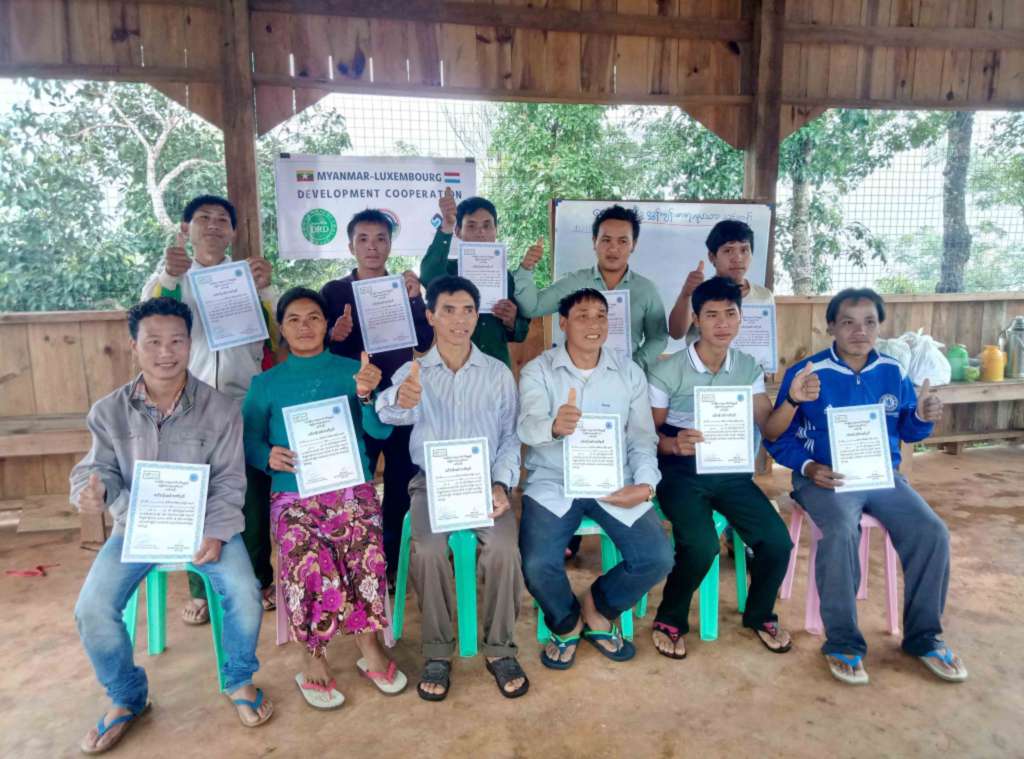
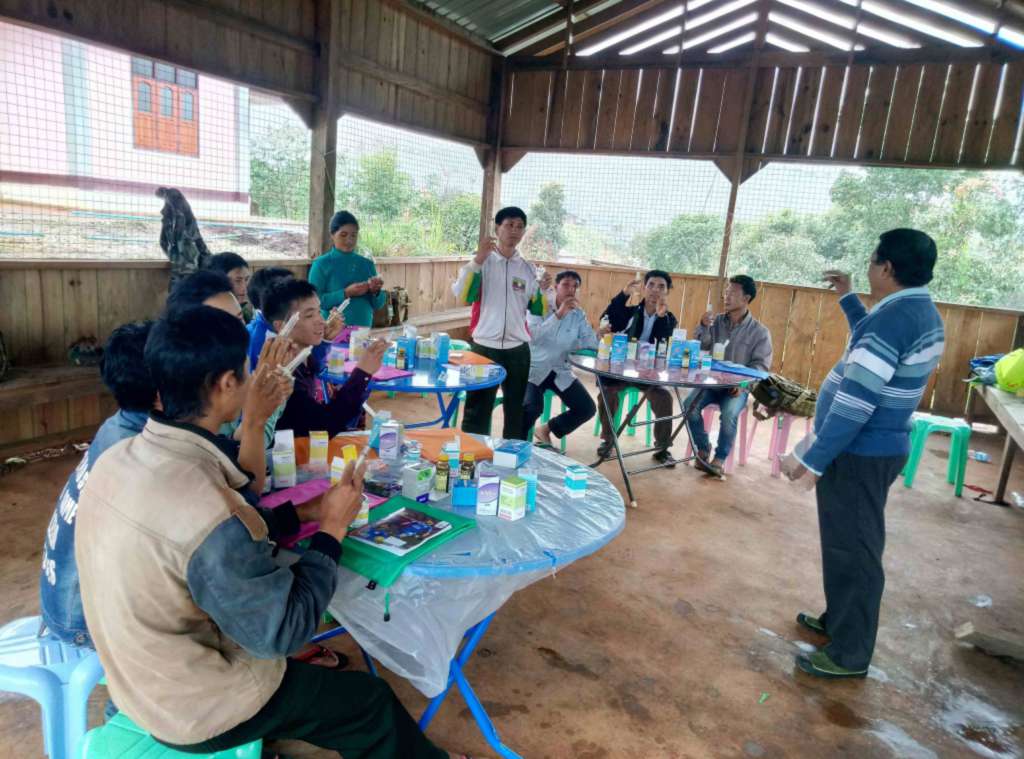
The village vets should approach the villagers in small groups and introduce them to the signs shown by animals if infected by any of the most common diseases. The villagers are then invited to contact the village vet immediately if those signs occur so that the animal can be treated or put under quarantine to avoid further spreading of the disease.

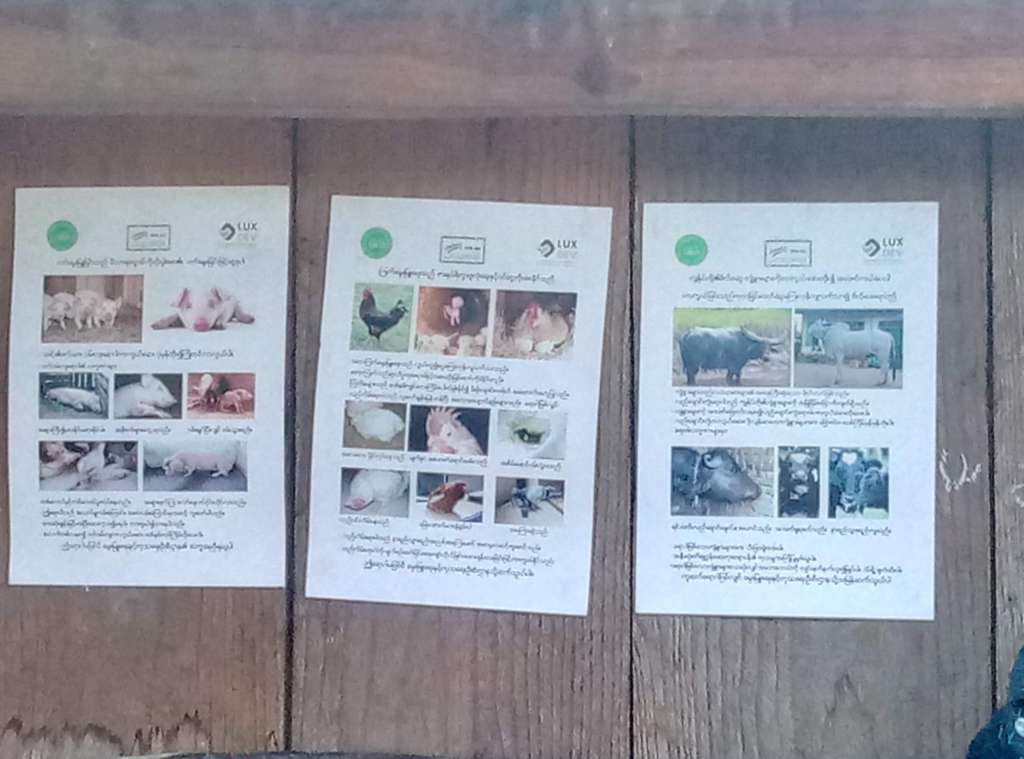
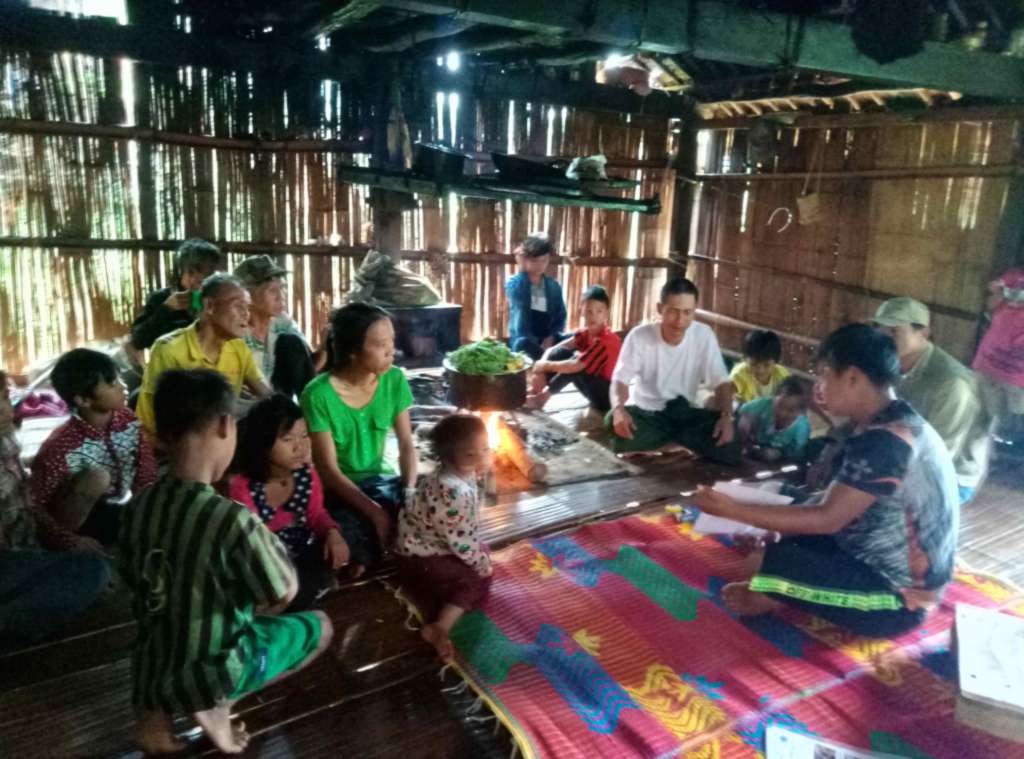
Although the information leaflets are in Burmese language and many of the villagers are illiterate, the fact that the village vets provided information in their local ethnic language (in these shown cases La Hu) and explained in detail the pictures, the villagers are able to recognize and react appropriately.
Upon a recent follow-up mission the project team and the field coordinator visited villagers and asked about the leaflets and their purpose. Many households were able to provide the information that was shared with them and even showed the coordinator which diseases they had already come across. They were also very happy to have a village vet who provides the medicine and can thus even cure their animal.

For the moment, MYA/002 project is supporting the village vets with the medicines/vaccines free of charge. The payment of the medicines/vaccines will start once the village vets have completed their full training and also when the project has provided further support to the farmers in improving their husbandry techniques and are able to create an income from their livestock. For now the importance lies on training the village vets and the farmers alike in preventing and containing most common diseases to avoid outbreaks and loss of valuable assets to the farmers’ livelihoods.
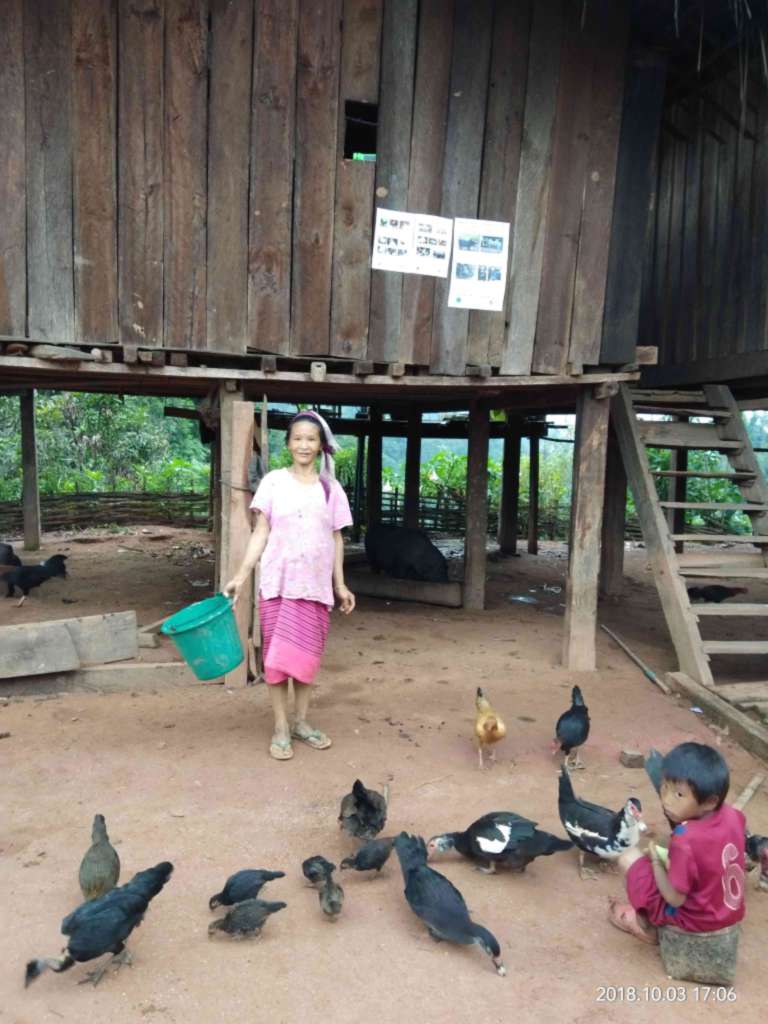
↑ To the top
